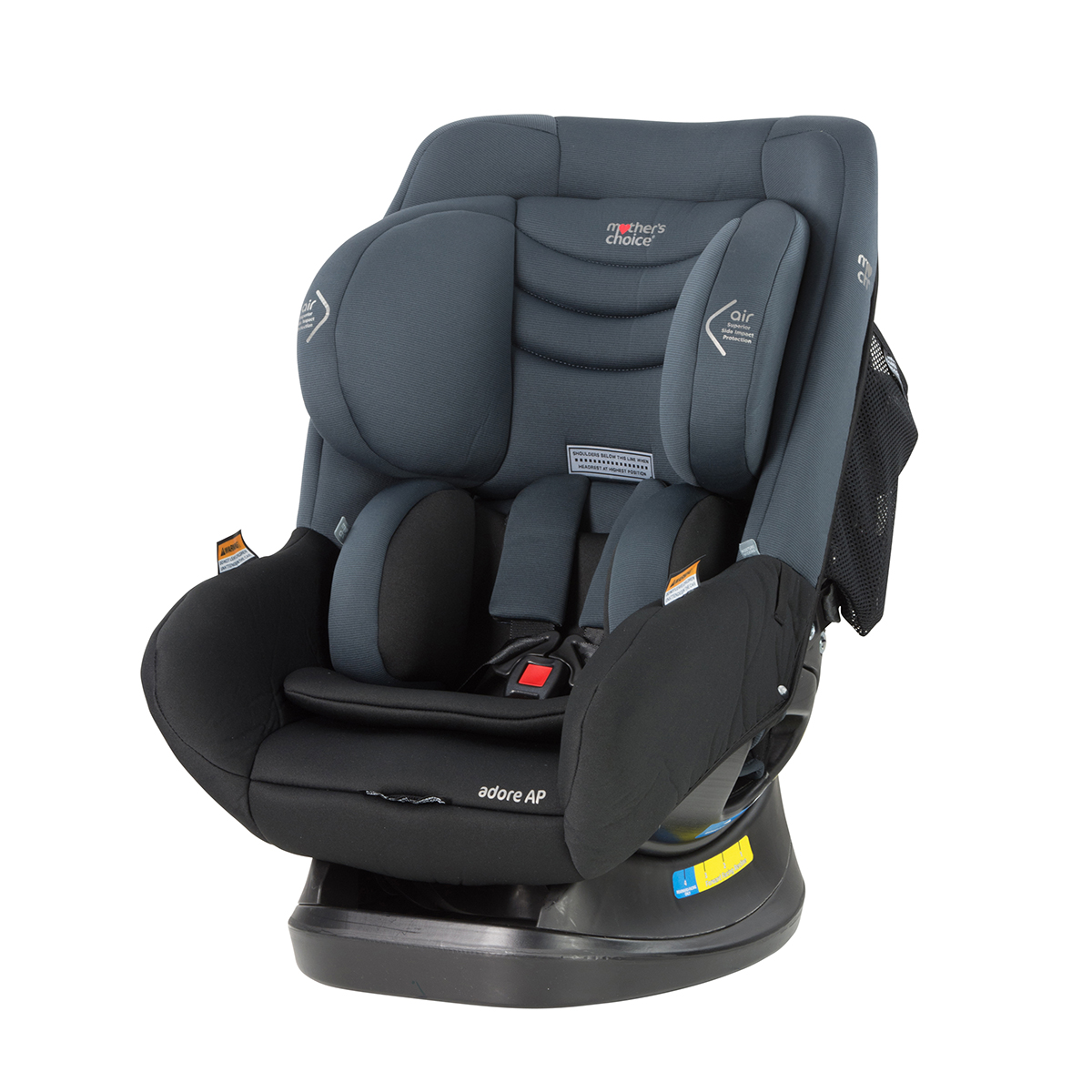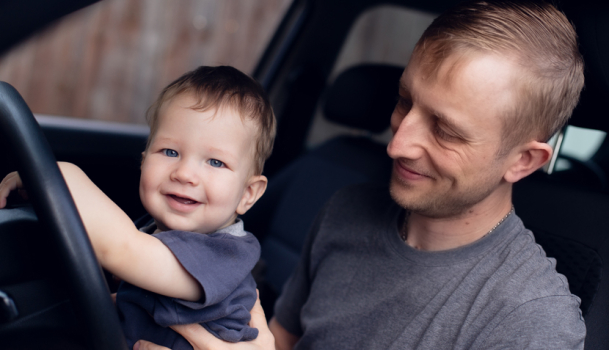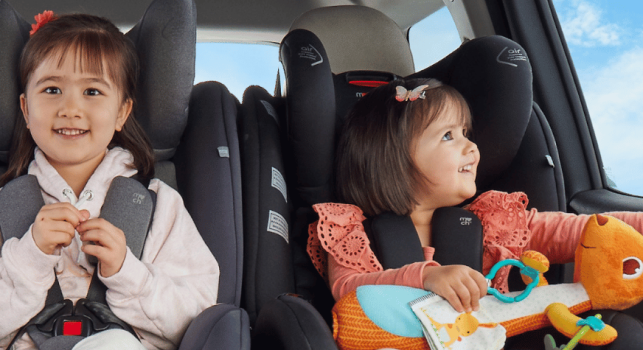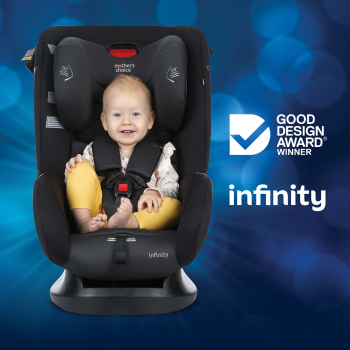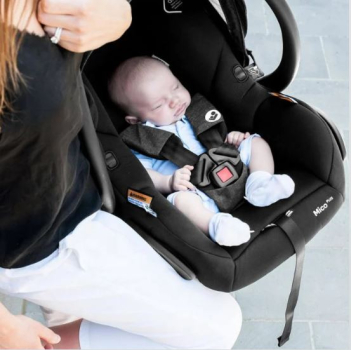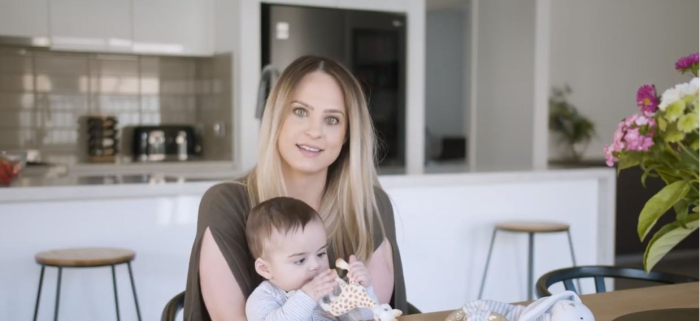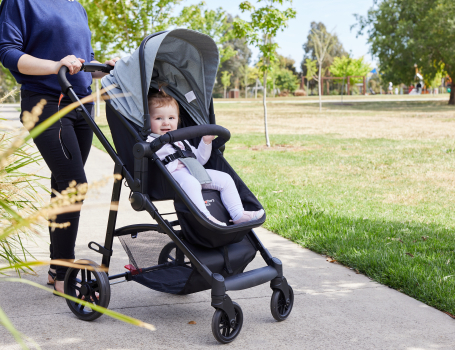Extended rear facing in convertible car seats has certainly gained in popularity in recent years. But it can leave your head spinning when you try to find accurate sources of information to help you decide if it is the right choice for your child.
So here we lay it all out... everything you need to know to make the decision for your family.
The facts on extended rear facing
It’s important to start with the facts and understand what the law in Australia says about extended rear facing and rear facing more generally.
Firstly, when infants are traveling in a car, they must be restrained in a rear facing car seat until they are at least six months of age and reach the exit height marker. This restraint can either be a capsule or convertible car seat designed for 0+ approximately 4 years of age. Unlike extended rear facing, this is not a choice, but a legal requirement.
At the age of six months, parents can choose to turn their infant forward facing subject to the type of car seat. Extended rear facing is where they choose to delay turning the car seat until their child is older (up to approximately 30 months of age).
Until four, all children must be restrained in a seat or booster with an in-built harness.
The choice to go with extended rear facing or switch to forward facing is such a personal one that it is different for every family and every child.
Extended rear facing benefits
The benefits of extended rear facing really comes down to safety. If you were to be in an accident, your child (especially younger children under 12 months of age) will be safer in a rear facing position. This is because of the way the car seat cushions the body in a rear facing versus forward facing position.
However, it is really up to you as to what you feel works best for your family. Some children will scream for whole car trips in a rear facing position but love getting in the car when they are facing forward.
Every child will be different. Some will love extended rear facing and be devastated when they’ve outgrown the rear facing position. Others you may be counting down their rear facing days until they can face the front and be part of the action!
Rear facing height limits
If you do opt for extended rear facing, you’ll need to purchase a convertible car seat with this feature. Once you have this option, your child’s height is actually more important than age when it comes to deciding when to switch from a rear facing to forward facing position.
If your child’s shoulders do not yet reach the shoulder height markers on their car seat, then they must stay rear facing. Once their shoulders reach the height markers, it is time to turn the car seat around.
if you are thinking about doing extended rear facing, a convertible car seat that allows extended rear facing up to 30 months of age, such as the Accord AP Convertible Car Seat will be a good option to consider. The Accord gives you the option to turn your child forward facing after approximately 12 months (once your child reaches the first height marker), or the option to stay rearward until 30 months (until the second height marker). When your child’s shoulders are between the second and the third (exit height marker) the seat has to be forward facing. Once they reach this final exit height marker at approximately 4 years, it’s time for their next seat.
Do your research into a car seat that will meet all of your requirements and not just extended rear facing. Other benefits such as wicking fabric and narrow widths for easy installation are also features to consider.
Rear facing car seat safety and comfort
Many parents worry about the safety and comfort of their child if they opt for rear facing. As you can’t see your child’s face when they are in a rear facing position, adding a car seat mirror can give you an easy view to give you peace of mind while you are driving.
Convertible car seats are designed with rear facing comfort in mind, so you don’t need to be concerned with the comfort of your child - we’ve taken care of it for you! The Adore AP Convertible Car Seat features a large seating depth so there is plenty of room in the seat for a growing little body. You will actually be surprised at how your child will find a comfortable position for their legs and many love this car seat position.
Rear facing car seat installation
As long as you follow the instructions in your car seat manual, a rear facing installation is no more complicated than a forward facing one. The main difference with a rear facing car seat installation and a forward facing installation is the tether strap that wraps around the car seat, attaching it to the anchor point and helping to secure the seat.
If you do not feel confident with installing your own car seat, whether rear or forward facing, ISOFIX compatible car seats can make installation more straightforward with the in-built green light system. Otherwise, a professional installation can help to give you peace of mind, although it is not a legal requirement as is a common misconception.
Extended rear facing in a convertible car seat
If you do opt for extended rear facing for your family, you will need a convertible car seat. Some of the features you may choose to look for are:
- Height markers to allow for rear facing up to 30 months of age
- Features designed for ease of use such as easy headrest adjustment, ISOFIX compatibility and narrow width (handy for when you need to install multiple car seats along the back seat of your car!)
- Comfort and adaptability with features such as breathable wicking fabric, cup holders (trust us - they come in very handy!) and large seat depth for a roomier ride
At Mother’s Choice we understand that extended rear facing is important to you. We have a range of convertible car seats to give you the flexibility you need to make the right decision for your family.
Need help finding the right product for your child?
Our business hours are Mon-Fri, 8:30am - 5:00pm AEST.

